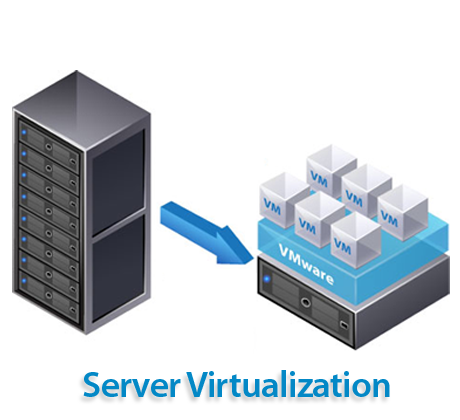Analyzing the Strong Projected Server Virtualization CAGR and Drivers

The financial trajectory of the server virtualization sector continues to show impressive resilience and potential, with analysts consistently forecasting a strong Server Virtualization CAGR (Compound Annual Growth Rate) for the coming years. This sustained growth is particularly noteworthy for a technology that has already achieved widespread adoption, signaling its ongoing evolution and its expanding role within the IT ecosystem. The primary force behind this positive outlook is the technology's direct alignment with key strategic priorities for modern businesses. In an era of economic uncertainty and fierce competition, the ability of virtualization to deliver tangible cost savings, operational efficiencies, and enhanced business agility makes it a non-negotiable component of any forward-looking IT strategy. This fundamental value proposition ensures a continuous stream of investment from both new and existing customers.
Several powerful drivers are fueling this high CAGR. The most significant is the relentless enterprise push for IT cost optimization. Server virtualization directly addresses this by enabling massive hardware consolidation, which dramatically reduces capital expenditures on new servers as well as operational costs related to power, cooling, and physical space. Another major driver is the increasing importance of business continuity and disaster recovery. Virtualization simplifies backup and recovery processes, enabling rapid restoration of services after an outage and minimizing costly downtime. Furthermore, the global digital transformation trend, which demands greater IT agility and faster application deployment, relies heavily on the ability to quickly provision virtualized resources. This demand for a more responsive and resilient IT infrastructure is a powerful tailwind for market growth.
Looking ahead, the CAGR will be further bolstered by the influence of emerging technologies and evolving IT architectures. The proliferation of the Internet of Things (IoT) and the rise of edge computing are creating new demand for lightweight, efficient virtualization solutions that can run in remote or resource-constrained environments. Additionally, as organizations increasingly adopt hybrid cloud strategies, they require a consistent virtualization layer that can seamlessly manage workloads across both on-premises data centers and public cloud platforms. This need for a unified management plane across disparate environments creates new opportunities for virtualization vendors and ensures the technology's relevance and growth well into the future, solidifying its role as the connective tissue of the modern hybrid IT landscape.
- News & Current Events
- Arts & Culture
- Causes
- Technology & Gadgets
- DIY & Crafts
- Business & Finance
- Dance
- Travel & Leisure
- Drinks
- Lifestyle
- Film
- Fashion & Beauty
- Home & Gardening
- Fitness
- Education & Learning
- Food & Cooking
- Games
- Science & Environment
- Gardening
- Entertainment
- Health & Wellness
- Personal Development
- Home
- Motivation
- Literature
- Music
- Parenting & Family
- Networking
- History & Philosophy
- Other
- Automotive
- Party
- Opinion & Commentary
- Religion
- Shopping
- Sports
- Theater
- Wellness
- Trends


